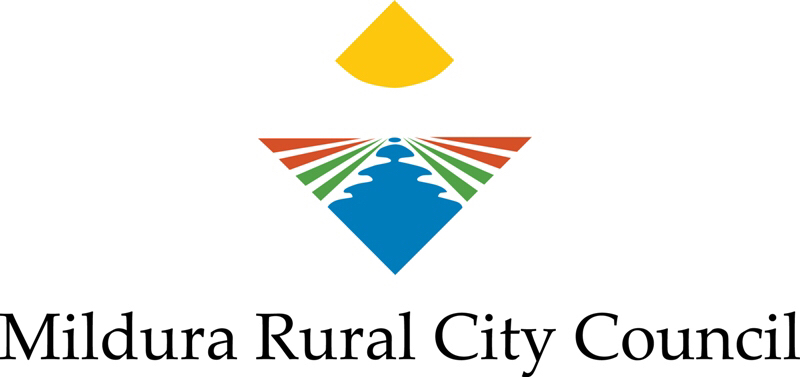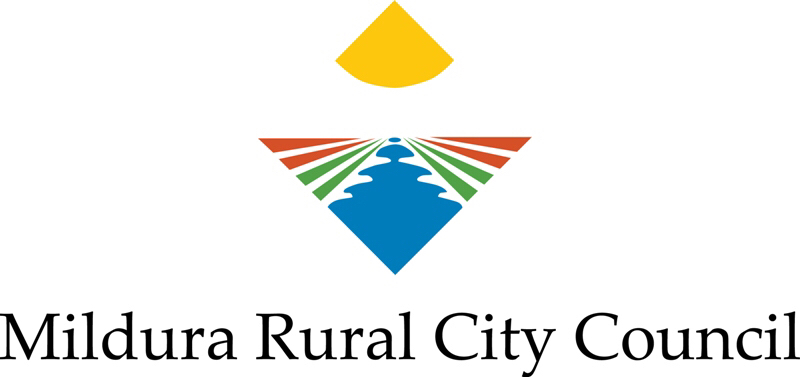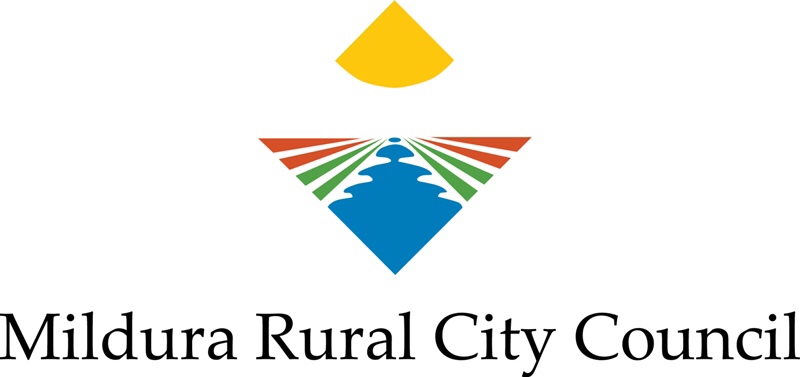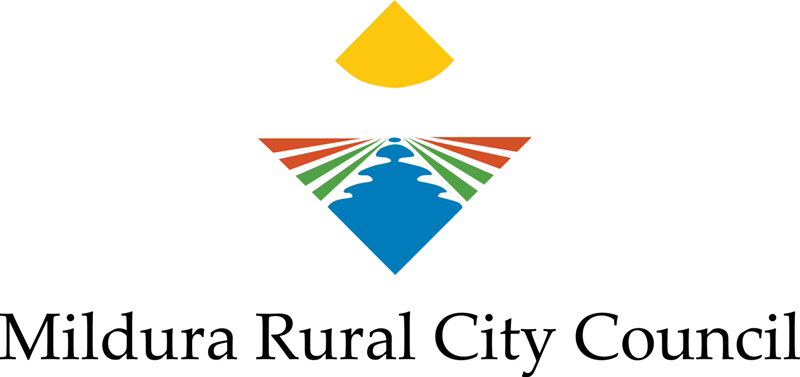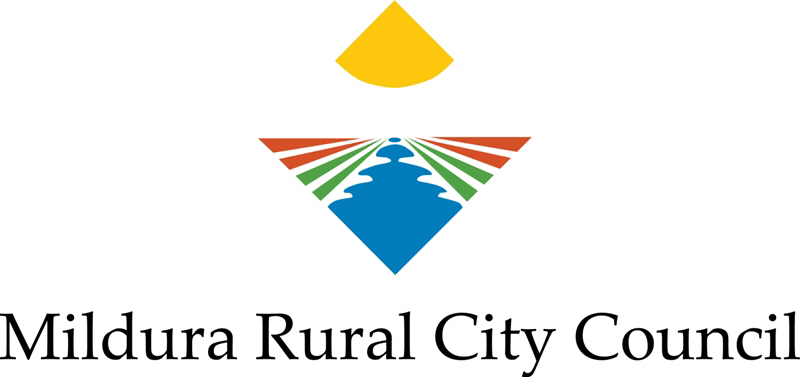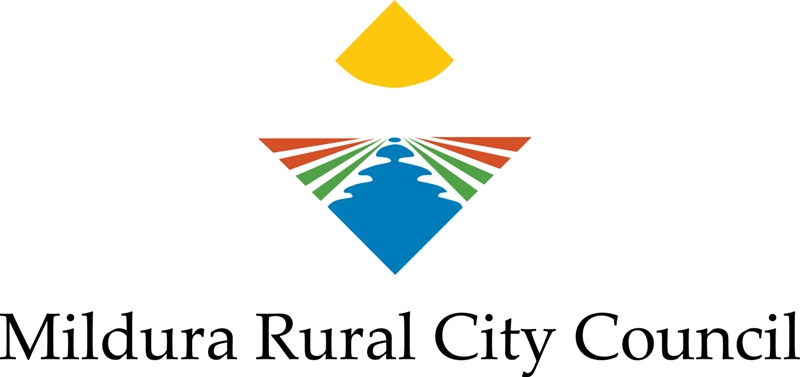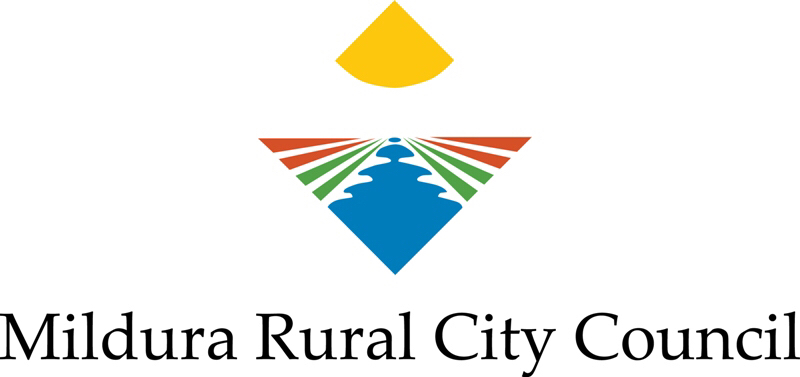Information
-
Document No.
-
Premises name
-
- Complaint
- Mandatory Assessment
- Non-compliance Assessment
- New Premise Assessment
- Transfer Inspection
- Routine Inspection
-
Trading Name
-
Conducted on
-
Prepared by
-
Location
GENERAL INFORMATION
-
Date and Time inspection began
-
Registered Name
-
Address of premises
-
Phone number
-
Email adress
-
Name displayed on premises?
-
Registration certificate available for inspection?
-
Name of proprietor or staff in attendance
-
Food Safety Supervisor
-
Registration number
-
Property File Number
-
Number of staff
-
Officer undertaking the assessment
- Alana Nolen
- Brooke Keher
- Jacinta McLean
- Malcolm Hare
- Samuel Judd
- Jeremy Draper
- Helen Eyre
- Joel Bray
- Dale Hutchinson
- Paul Juma
ASSESSMENT TYPE
-
Reason for the assessment
- Complaint
- Mandatory Assessment
- Non-compliance Assessment
- New Premise Assessment
- Transfer Inspection
- Routine Inspection
REINSPECTION DATE
-
Is a re inspection required?
-
Select date
FOOD SAFETY PROGRAM
-
Class of Premises
-
Program Type
- Independant
- Class 3 Minimum Records
- Class 2 Community Group
- Class 3 Community Group
- No Food Safety Program on Site
- Registered Template v2
- Registered Template v3
-
Approved food suppliers list (1)
-
Goods receiving form (2)
-
Storage unit(s) temperature log (3)
-
Time log (4)
-
Equipment calibration log (5)
-
Activity log (internal review process temperature log) (6)
-
Daily diary record sheet (7)
-
Cleaning schedule (8)
-
Sushi preparation (9)
-
Sushi display time log (10)
-
Drying log
-
Meat display time log
-
Food suppliers
-
Temperature checks of food in hot or cold storage
-
Cooking temperature checks
-
Use of 2 hour/4 hour rule for high risk rule
-
Probe thermometer accuracy checks
-
Sushi preparation
-
Sushi display time log
-
Drying log
-
Meat display time log
-
Sous Vide
-
Cooking method
-
Batch information
-
Comments
-
Copy of records
RECEIVING
-
Protection from contamination (5(1) of 3.2.2)
-
Identification/traceability of food (5(2) of 3.2.2)
-
Recommended Quality Assurance practice in relation to stock control regarding high risk product is to:
a. ensure stock on purchase or receival has necessary labelling requirements, eg. use-by-date.
b. only order stock quantity of product that is necessary, ie don’t overstock.
c. keep product in its original packaging where possible.
d. mark product with relevant details (eg discard date) when it undergoes a change of state or storage conditions (eg when thawed, cooked, opened, etc) and is to be subjected to further holding time. (3.2.2. (7.1a))
-
Temperature control of PHF (5(3) and (4) of 3.2.2
STORAGE
-
Protection from contamination (6(1)(a) of 3.2.2)
-
Appropriate environmental conditions (6(1)(b) of 3.2.2
-
Temperature control of PHF (5(3) and (4) of 3.2.2)
-
Enter cooling storage type
Cooling storage type
-
Location
-
- Coolroom
- Refrigerator
- Freezer
-
This is in the temperature Danger Zone why?
PROCESSING
-
Safe and suitable food (7(1)(a) of 3.2.2)
-
Protection from contamination (7(1)(b)(i) of 3.2.2)
-
Adequate cooking/processing (7(1)(b)(ii) of 3.2.2)
-
PHF out of temp. control for min. time (7(2) of 3.2.2)
-
Cooling of PHF (7(3) of 3.2.2)
-
7(3) A food business must,when cooling cooked potentially hazardous food, cool the food:
(a) within two hours from 60 c to 21c; and
(b) within a further four hours from 21c to 5c -
Reheating of PHF is rapid- oven, stove top or microwave but not bain marie (7(4) of 3.2.2)
-
Are raw egg products produced?
-
What type of egg product is used?
- Raw egg
- Raw egg white
- Raw egg yolk
- Pasteurised raw egg
- Acidified
- Other
-
What type of foods are produced?
- Mayonaise
- Aioli
- Hollandaise
- Egg butter
- Tiramisu
- Mouse
- Fried ice cream
- Other
DISPLAY
-
Protection from contamination (8(1), (2), (3) & (4) of 3.2.2)
-
Temperature control of PHF incl. frozen (8(5) of 3.2.2)
-
Enter heating unit type
Heating unit type
-
Location
-
Type of heated storage
- Bain marie
- hot box
- pie warmer
- holding cabinet
- portable food warmer
- hot food tables
- steamer
- rice warmer
- heat lamp
-
This is the temperature danger zone why?
-
Enter cooling storage type
Cooling storage type
-
Location
-
Type of cold display
- Bain Marie
- Sandwich bar
- Pizza ingredients
- Ice cream bar
- ice box
- Salad bar
- cake display
- meat unit
- deli unit
- frozen goods
- dairy cabinet
- drinks
-
This in the temperature danger zone why?
PACKAGING
-
Appropriate materials and process (9 of 3.2.2)
-
Food wraps and containers will not cause contamination?
-
Pre-packaged Foods (Labelling) packaged onsite?
Type of Food Sold
-
Description of food FSC (1.2.2 1(1a)
-
Name and address of supplier FSC (1.2.2 2)
-
Lot identification FSC (1.2.2 2)
-
Mandatory & advisory warnings FSC (1.2.3)
-
Ingredients list in descending order FSC (1.2.4)
-
Date marking FSC (1.2.5)
-
Storage conditions FSC (1.2.5)
-
Nutritional Information Panel FSC(1.2.8)
-
Characterising Ingredient FSC (1.2.10)
TRANSPORTATION AND DISTRIBUTION
-
Protection from contamination (10(a) of 3.2.2)
-
Temperature control PHF (10(b) & (c) of 3.2.2)
RECALLS/FOOD DISPOSAL
-
Food for disposal not sold/recall process (11, 12 of 3.2.2)
HEALTH, HYGIENE & KNOWLEDGE
-
Health of food handlers - responsibilities (14 of 3.2.2)
-
Any food handler with symptoms or a diagnosis of an illness (such as vomiting, diarrhoea or fever) must:
• report that they are ill to their employer or supervisor
• not handle food if there is a reasonable likelihood of food contamination as a result of the illness
• if continuing to engage in other work on the food premises, take all practicable measures to prevent food from being contaminated
• notify a supervisor if they know or suspect they may have contaminated food -
Hygiene of food handlers - responsibilities (13, 15 of 3.2.2)
-
Measures the food handler can take, if the food handler is responsible for these tasks, to
minimise the likelihood of compromising food safety and suitability include (to the extent
that is reasonable):
• ensuring food is cooked or processed correctly;
• ensuring potentially hazardous food is being maintained at the correct temperature or,
if time is being used as a control, that the maximum amount of time has not been
exceeded;
• ensuring food is adequately protected from contamination;
• ensuring eating and drinking utensils and food contact services are correctly cleaned
and sanitised;
• ensuring food contact surfaces are adequately protected from contamination; and
• reporting to a supervisor if equipment is not working correctly.
-
Food business - responsibilities (16, 18 of 3.2.2)
-
Adequate hand washing facilities (17 of 3.2.2)
-
Food handling - skills & knowledge (3 of 3.2.2)
PREMISES AND HYGIENE
-
Cleanliness of premises, fittings, equipment (19 of 3.2.2)
-
Cleaning/sanitising of food contact surfaces (20 of. 3.2.2)
-
Suitability and maintenance of premises, fittings and equipment (21 of 3.2.2 and 3, 10, 11 & 12 of 3.2.2)
-
Temperature measuring device (22 of 3.2.2)
-
Use of "single use" items (23 of 3.2.2)
-
Control of animals and pests (24 of 3.2.2)
-
Water supply adequate and potable (4 of 3.2.3)
-
Disposal of sewage and waste water (5 of 3.2.3)
-
Mop sink gully trap or similar provided?
-
Storage of refuse & recyclable matter (6 of 3.2.3)
-
Is waste food being collected by persons for animal feed?
-
Adequate ventilation and lighting (7 & 8 of 3.2.3)
-
Lighting
Lighting to comply with Australian Standard 1680.
Storage area Lux reading is to be a minimum of 110-150.
Food preparation area lux reading is to be a minimum of 500.
Lighting for reading inspection and monitoring equipment areas lux reading is to be a minimum of 600-1200.
Ventilation
Canopy effluent discharge is to be in conformity with Australian Standard 1668.2
(a) The exhaust airflow rate for kitchen exhaust canopies shall be at least 0.38m3 / second / m2 of the top surface area of the cooking equipment to be ventilated.
(b) Exhaust velocity at the point of discharge shall be at least 5m/second.
(c) Make up air shall be supplied to the kitchen or cooking area by either permanent natural ventilation or an approved mechanical ventilating supply system capable of supplying not less than 10 complete air changes per hour, where the make up air is free from contamination and impurity.
The filters shall be removed and thoroughly cleaned on a regular basis to ensure they are kept in a clean condition at all times. The internal surfaces of the exhaust ductwork shall be cleaned on at least a six monthly basis. The mechanical exhaust system shall operate at all times when cooking or heating is carried out. -
Storage of personal effects/chemicals (15 of 3.2.3)
-
Adequate toilet facilities (16 of 3.2.3)
Tobacco
TOBACCO
-
Tobacco laws apply?
-
- Smoke free dining
- Tobacco retailer
- Outdoor drinking or dining
- Smoke free dining and tobacco retailer
- Vending machine
- Smoke free dining and vending machine
-
Is smoke free signage displayed in dining areas?
-
Is there an outdoor dining area?
-
Signage
-
Barriers or buffer zone correct?
-
Is there an outdoor drinking area?
-
Correct buffer zones or separation in place?
-
Is there a vending machine?
-
Is the vending machine located in a correct position (in the line of sight of the bar area not more than 5<br>metres from the outer edge of the bar area in a licensed premises, or in the line of sight of counter at a<br>gaming venue or casino, or next to the counter at a bottle shop)?
-
General retailer
-
Are tobacco products and packaging covered and not visible inside or outside of the vending machine?<br>(price tickets permitted)
-
Are tobacco products and packaging (cigarettes, cigars, loose tobacco and cigars inside humidors) covered and not visible to the public from anywhere inside or outside the retail premises?
-
Is the health warning sign displayed?
-
Is the ‘We don’t sell tobacco to u/18s sign’ displayed?
-
Are staff being trained regarding cigarette sales to minors?
-
Are there any 'discounted' or 'cheap' cigarette signs?
-
Not selling single cigarettes or in packs less than 20?
-
Any signs that smoking may be occurring in the workplace (eg butts, smell )?
-
Has the tobacco sales area have a price board?
-
Is a graphic warning sign displayed on or near the price board?
-
Workplace smoking The entire enclosed workplace to be smoke-free at all times. Smoking status of a workplace never changes even if doors and windows are opened. Smoking status of an outdoor area can change if awning (or similar) are drawn. Occupier must not provide ash trays, matches, lighters or any other things designed to facilitate smoking. If an occupier witnesses smoking in their workplace they should request that the person extinguish the cigarette. Where possible, designate an outside area as the area where smoking is permitted. A cigarette butt bin should be provided in designated outdoor smoking areas Educating new staff regarding the smoke-free enclosed workplace.
COMMENTS/ACTIONS TO BE TAKEN
-
Nil
-
Reinspection
-
Warning letter
-
Infringement
-
Order
-
Charge follow up inspection fee
REINSPECTION DATE
-
Is a re inspection required?
-
Select date
SIGNATURES
-
Signature of Proprietor/Staff
-
Signature of Officer
-
Please note, should the outstanding items not be completed by this date, any additional inspections that are required, your business will be charged a $134.00 inspection fee.
-
Contact Information Environmental Health Officer Mildura Rural City Council PO Box 105 Mildura Vic 3500 Ph 03 50188216 Fax 03 50211899 Email health@mildura.vic.gov.au
